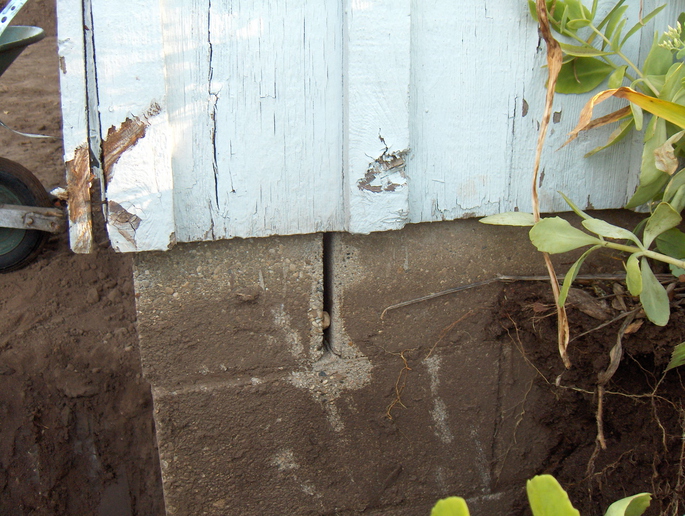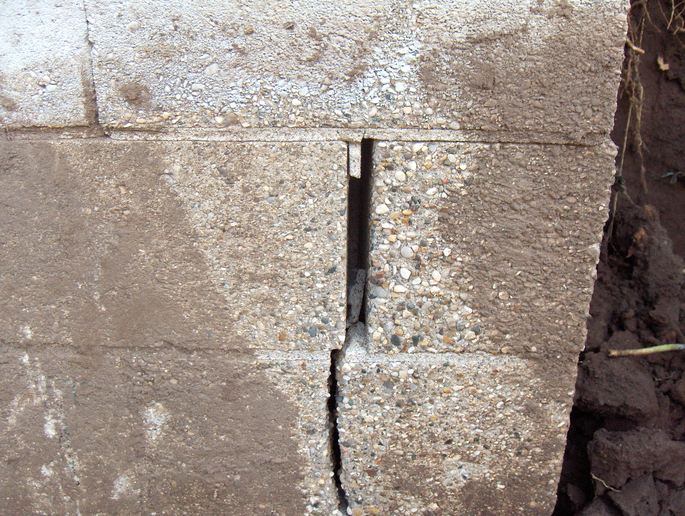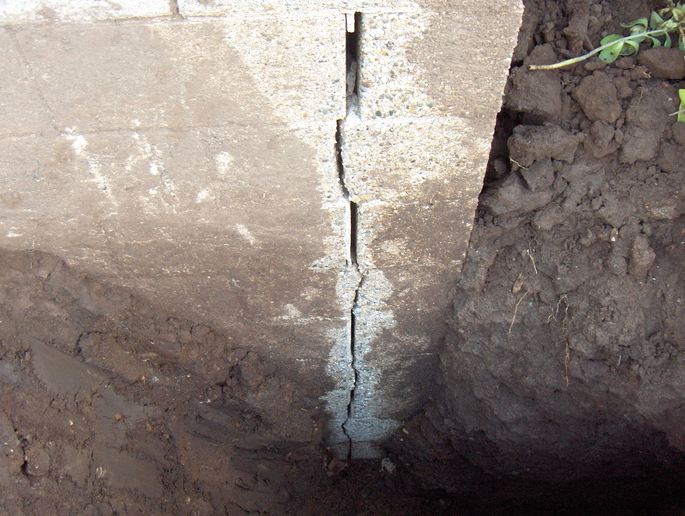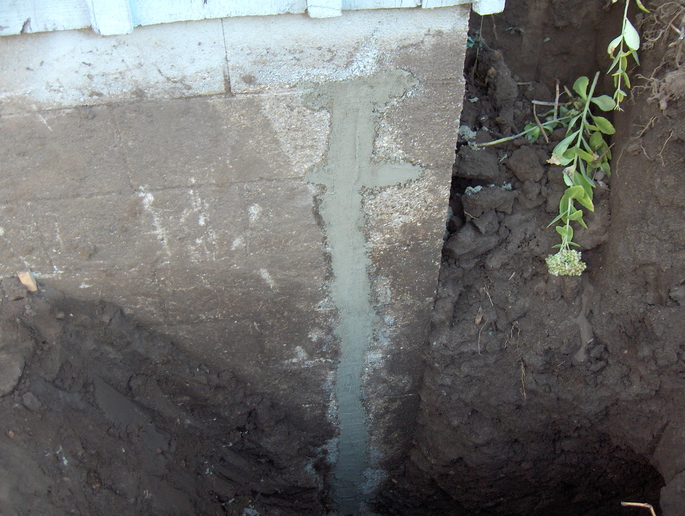You should upgrade or use an alternative browser.
- Thread starter Jay87T
- Start date
GeneMO
Well-known Member
- Location
- Pilot Grove, Mo.
If it is 50 years old, and one crack is it, then you may not have too much of a problem.
The dry weather this year was really hard on foundations.
To fix it right, you would need to dig down, reinforce the area, bolt steel to stabilize the crack, or pour another wall beside the crack. Not cheap.
I would also want to run a drain tile to the crack area so no water pressure would ever be against that area.
Good luck, Gene
Anonymous-0
Well-known Member
Tom
retired farmer
Well-known Member
I agree with create drainage to take the water away from the house first before starting a repair. Does the house have good drainage away from the foundation, a sump pump and drain tiles around both the outside and the inside of the foundation footings? Does the sump pump move the water far away from the house or does it just recirculate the water through the basement over and over? Include a mold test in the basement as part of your inspection and make sure you can cancell the sale if mold is found.
My expereince is a wet basement never really gets completely fixed.
MarkB_MI
Well-known Member
- Location
- Motown USA
Anonymous-0
Well-known Member
That said in this day and age everyone has house inspectors before purchase if you ever try to sell a house with a crack it will definitely be on the report. Good luck either way
oliver power
Member
don t-9n180179
Member
We had 2 vertical cracks, which did leak, that we never saw prior to buying our current house. All the outside landscaping, add gutters and appropriate downspouts did not fix completly. We had some guy come out. He drilled a series of holes completly through the foundation, along the crack. Starting at the bottom, he pumped in some kind of epoxy. Once the mix got to the next hole, up he moved. Its been 10+ years since its been fixed. Knock wood...no leaks. IIRC...was $150.00 for both cracks.
HTH..good luck...don t. ....
Geo-TH,In
Well-known Member
The best way to stop a basement from leaking is to prevent the water from getting there in the first place, gutters and angle the ground so the water runs away from the house. If all else fails, remove the dirt from the side of the house, fill the other cracks, seal the wall, put in a drain and then back fill by hand.
George




Outback Rider
New User
Hydraulic cement will stop leaks within
3 minutes of putting it in.
I have an older home, I have had a few cracks
that weeped and leaked water, mixed up some hydraulic cement (also called Fast Plug) drilled out the area and pushed the stuff in... leaking/weeping always stopped immediately..even if water was leaking in
Buy it at hardware store or Lowe's/Home Deep...
Geo-TH,In
Well-known Member
You are looking at it wrong. The first pic is the south wall which was pushed in. The second pic is the west wall, load bearing wall. The top block didn"t move. The corner cracked open, hinging off the inside of the west wall blocks.
Yes, there has to be at least one or more cracks on the south wall, but not visiable because the basement was finished.
Because the ground is clay, and the dirt is angled away from the house, the only time water gets in the basement is if someone watering her flowers leaves the hose running and forgets.
If the basement was wet all the time, you can rest assured I would dig it out with the backhoe, fix the problem, back fill with sand, put heavy plastic down to act as a roof to deflect water away from house.
I fixed the crack 3 years, so far, no problem.
George
Below is a link for a youtube video showing the process. You can buy the kit online or from a local building material dealer.
http://www.youtube.com/watch?v=4jS-TKh3TDk[/url]
Similar threads
We sell tractor parts! We have the parts you need to repair your tractor - the right parts. Our low prices and years of research make us your best choice when you need parts. Shop Online Today.
Copyright © 1997-2024 Yesterday's Tractor Co.
All Rights Reserved. Reproduction of any part of this website, including design and content, without written permission is strictly prohibited. Trade Marks and Trade Names contained and used in this Website are those of others, and are used in this Website in a descriptive sense to refer to the products of others. Use of this Web site constitutes acceptance of our User Agreement and Privacy Policy TRADEMARK DISCLAIMER: Tradenames and Trademarks referred to within Yesterday's Tractor Co. products and within the Yesterday's Tractor Co. websites are the property of their respective trademark holders. None of these trademark holders are affiliated with Yesterday's Tractor Co., our products, or our website nor are we sponsored by them. John Deere and its logos are the registered trademarks of the John Deere Corporation. Agco, Agco Allis, White, Massey Ferguson and their logos are the registered trademarks of AGCO Corporation. Case, Case-IH, Farmall, International Harvester, New Holland and their logos are registered trademarks of CNH Global N.V.
Yesterday's Tractors - Antique Tractor Headquarters
Website Accessibility Policy

